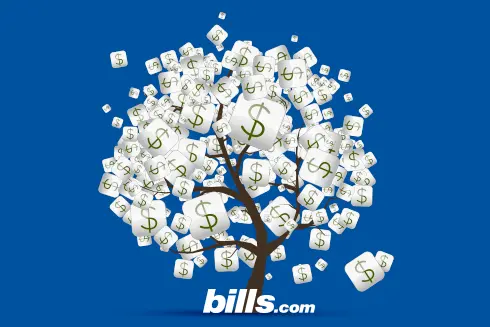- Check your credit report.
- Do your research.
- Find the right loan.
How do I get a mortgage refinance loan? I am uncertain about what to do and what order to do it in.
How do I get a mortgage refinance loan? I am uncertain about what to do and what order to do it in.
Refinancing a mortgage is in some ways similar to getting your first mortgage, with a few important differences. Since you already own the home, you do not have to go through a pre-approvals process or find a real estate agent and a home to buy. Unfortunately, you will still have much paperwork to complete, but saving thousands of dollars over the life of the loan is worth it. Bills.com makes it easy to apply to save, just complete the brief Bills.com Mortgage Savings Center form to receive no-cost quotes from pre-screened lenders.
Step 1: Determine if Refinancing is Right for You
Use the Bills.com mortgage calculator to determine whether a mortgage refinance loan will save you money. Factor in your current interest rate, future interest rate if you have an adjustable loan, and closing costs. If you want to take cash out, include that amount in your new mortgage balance for the calculations.
Remember, refinancing creates a new loan, usually with a full loan term. If possible, you can make extra payments to finish the loan at the same time as your original loan, and that will save you more money than the calculator predicts. For the calculation, assume you will only be able to pay the amount due.
Step 2: Check Your Credit Reports and Scores
Even if you already own a home, your lender will still use your credit scores and credit reports to determine which rate you qualify for. Order scores and reports for each spouse if both of you will be on the mortgage. You want to get best rate possible. Ideally your FICO scores should be above 720 to get the absolute best rate, but 680-700 will get you a good rate. You can still refinance if your scores are low, but it might cost you more, especially if your scores were high when you got the first mortgage.
Review your credit reports for errors carefully. Most credit reports have errors. Common errors include listing accounts that do not belong to you, late payments that were not really late, and items that were supposed to be removed. Follow the instructions at each credit agency to correct the errors.
Next, do what you can to fix black marks like recent defaulted loans, recent collections, and high credit card balances. You may have to spend a little more money to accomplish this, but it is worth it if it saves interest on your mortgage, which will ultimately cost you more over 30 years.
Step 3: Research Rates, Fees, and Lenders
Before you contact any lenders, research current interest rates and fees for the type of loan you are interested in. Comparison shop to see which banks are offering the best rates. Note the terms, closing costs, and whether or not the rates are fixed or adjustable.
In addition to rates and fees, check reviews of the lender online and at the Better Business Bureau. If the lender has a history of making late property tax or insurance payments or providing poor customer service, find a different lender.
Step 4: Contact Your Current Mortgage Servicer
Your current lender wants to keep you as a customer. If they still own the loan, they may be able to modify your current loan to a lower rate with just a little paperwork and a low fee. Unfortunately, most lenders sell their loans to larger mortgage servicers, so it is unlikely that you all be able to take advantage of this. If you want to pull cash out, refinancing is the only option.
If you cannot modify your loan, your lender or mortgage servicer may offer a streamlined refinance. You will get a new loan at a better rate, but with fewer fees and a little less paperwork. It may also take less time to close. Of course, you may not want to accept their offer if the rate is higher than what you found at other lenders. Consider the closing costs when deciding which mortgage refinance loan will save you more money. Using your current lender could save on closing costs, but a higher rate could cancel out the savings. If you found a better rate elsewhere, ask your current lender to match it. If they want to keep you, they might do it.
Step 5: Contact Other Lenders
I encourage zero brand loyalty when it comes to finding a mortgage refinance. If your current lender cannot get you the best refinance rate, contact other lenders about refinancing with them. Your goal is to find the best rates with the lowest fees and closing costs (without adding those fees to your loan balance). Some lenders now offer refinance loans with 20- and 25-year terms so your new loan will end at the same time as your original loan. If it will save you money and you can afford the payments, consider the offer.
Refinancing to a lower rate can save you a lot of money over the life of the loan. A mortgage refinance loan can also help you get much-needed cash to remodel your home or pay down credit card debt. It is not hassle-free, but saving money is worth the effort.
